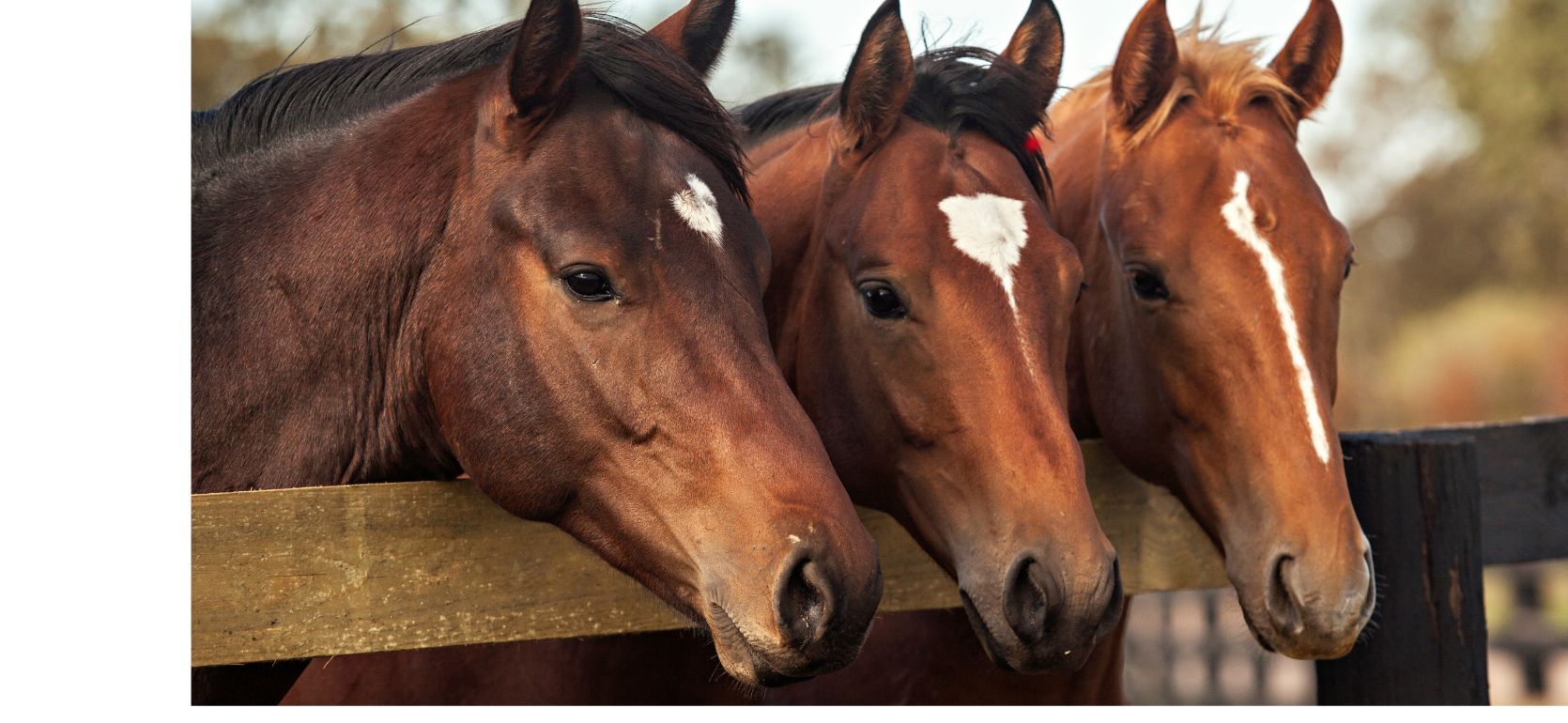
Equine Law Blog
Here are common risks involving installment sales. Part III addresses ways to minimize them.
1) The Buyer Stops Making Payment
The most common risk of an installment payment arrangement is also the most foreseeable – the buyer stops paying. Horse owners, unlike banks, put themselves at greater risk of encountering this problem because they fail or refuse to gather important information about the creditworthiness of a buyer, even if the buyer is a total stranger.
2) The Horse Becomes Injured, Ill, or Dies before the Final Payment
What if the horse, while left in the buyer’s care, becomes lame or sick? Even worse, what if the horse dies before the seller has been fully paid? When these unfortunate events occur, some buyers simply stop making payments. At the same time, the horse is either no longer available for repossession or not worth repossessing.
3) The Seller Wants to Repossess, but How?
When buyers fall behind on payments, sellers often want to re-claim the horse through repossession. The process is not necessarily easy, and states differ widely as to the seller’s rights to repossess. An illegal attempt at repossession could potentially find the seller at risk of being arrested for theft or trespass. Sellers need to take caution, and seek competent legal help, before seeking repossession.
Watch for part III, which offers suggestions for avoiding or minimize equine sales disputes.
- Shareholder
Julie Fershtman is considered to be one of the nation's leading attorneys in the field of equine law. She has successfully tried equine cases before juries in four states. A frequent author and speaker on legal issues, she has written ...

